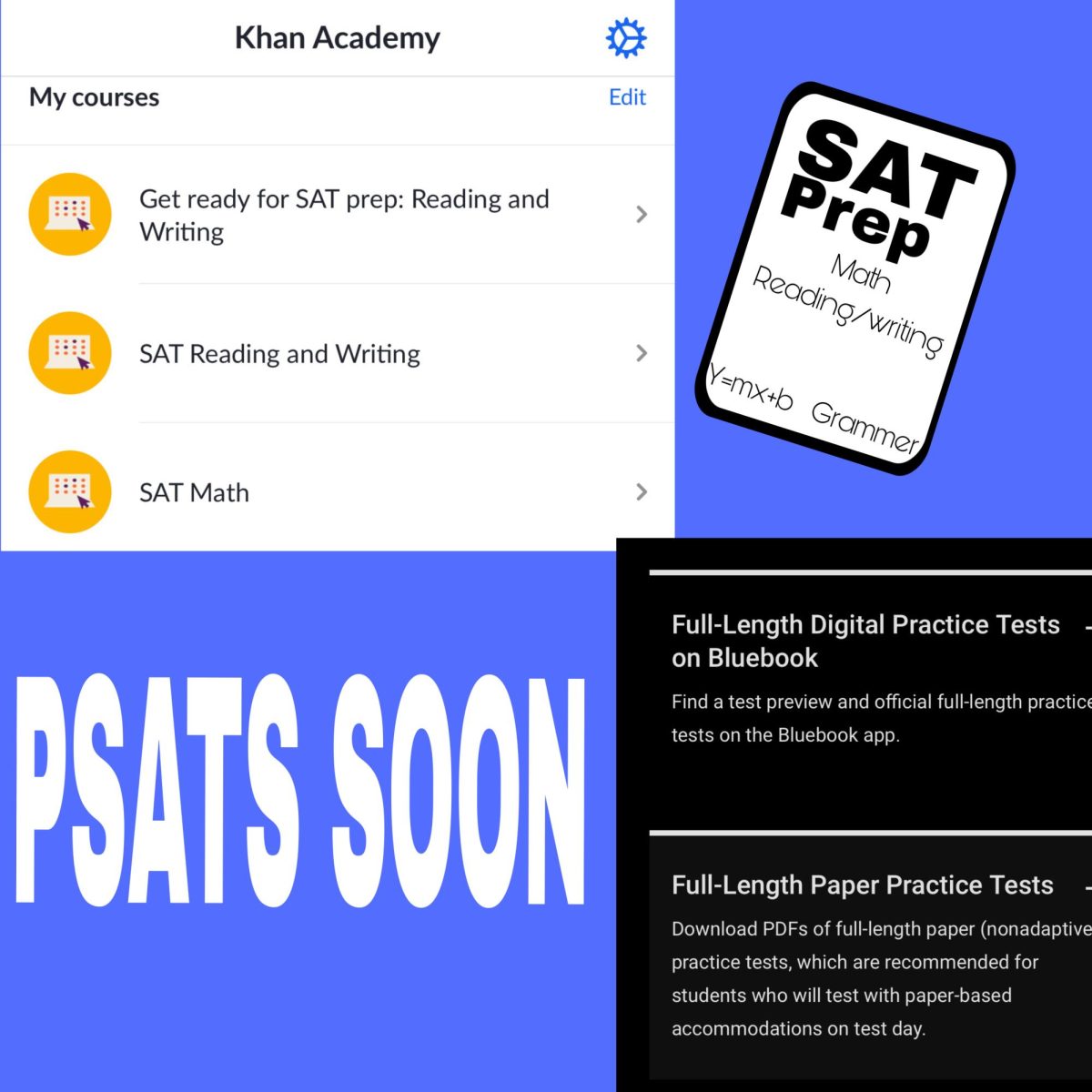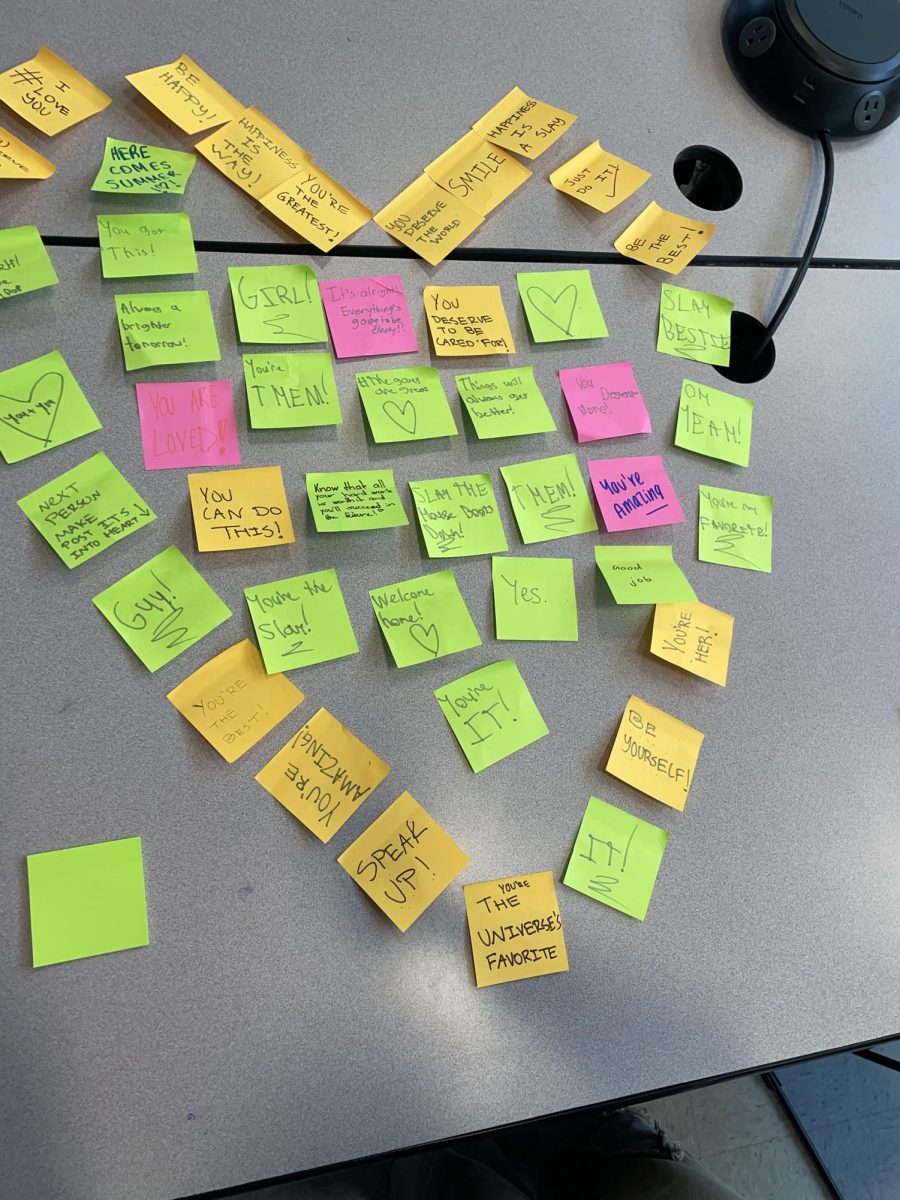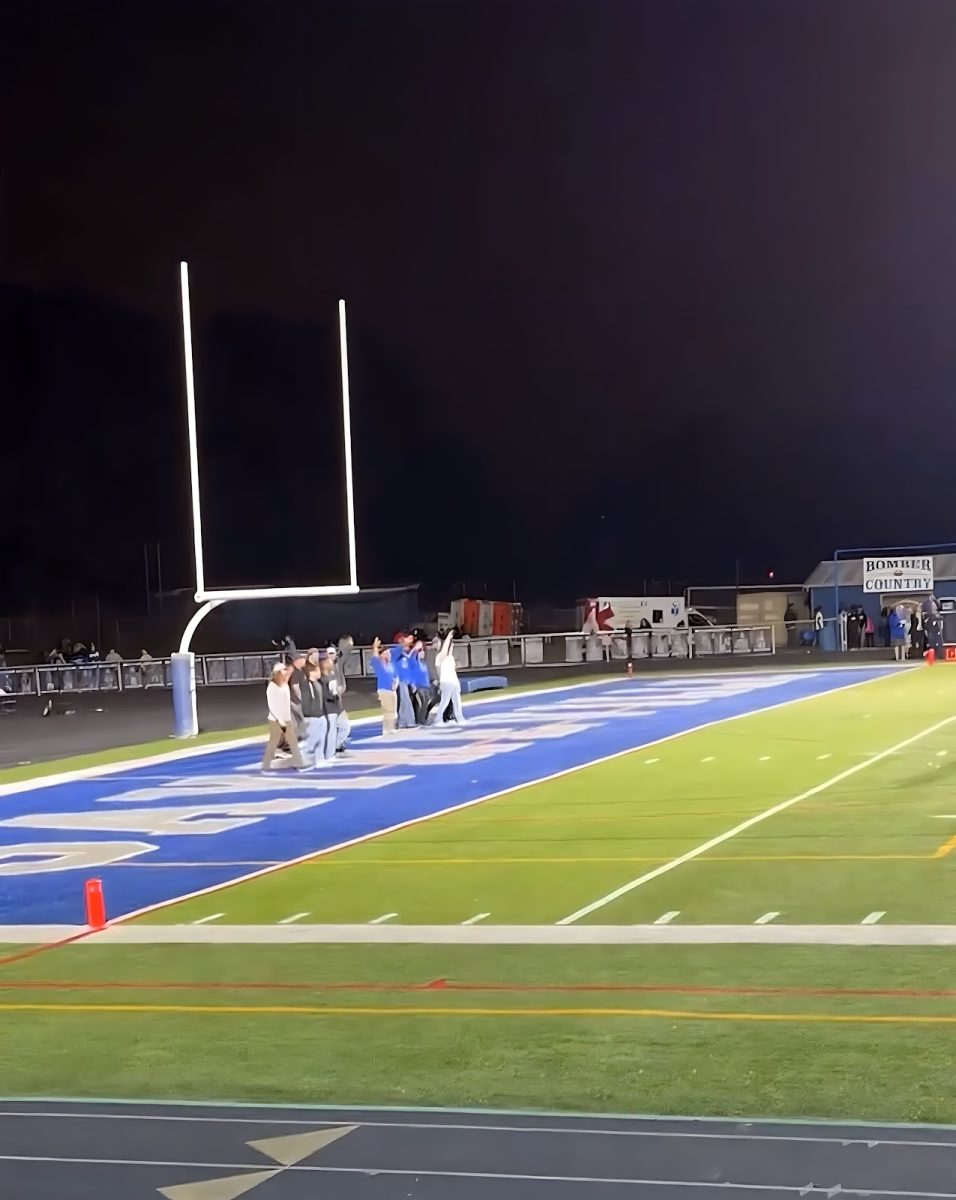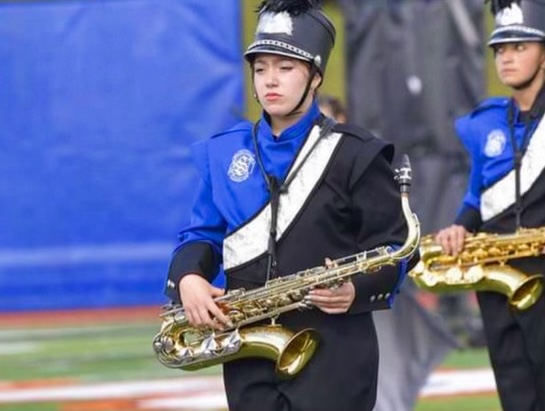Long walk ahead: Addressing the Parkland walkout
17 – the number of victims who lost their lives in the Parkland tragedy, and the number spread across the halls in signs and notes prior to the walkout by protesters in their honor.
March 26, 2018
In the past few days, Sayreville War Memorial High School has risen to national prominence at an unprecedented rate in light of the recent national walkout – with a response earning reaction across the country as the school grapples with the impact.
School walkouts were called for on a national scale on March 14th in honor of the victims of the Parkland mass shooting. Students nationwide were implored to walk out of their classes for 17 minutes of silence in honor of the 17 victims lost in Parkland – a message that did not fall on deaf ears at Sayreville War Memorial High School.
Where Sayreville is significantly more unique, however, is in its response to the issue – and the impact that response has had on the school, the town, and the country as the issues surrounding gun violence and student protest rise to the forefront.
Leading up to the walkout, the school issued an official statement through announcements relayed by Principal Brown – cited as decisions made on behalf of the school board and passed on to the school administration – expressly forbidding student participation in the March 14th walkout under a threat of suspension. Already a controversial issue, this would focus the student body’s attention on the matter – student involvement proving paramount to the path the event would take as developments unfolded.
Come the day of the walkout, amendments to the original stance by the administration were made, offering concessions for the students who still intended to go through with the original plan: opening up the auditorium for student use at the designated time of the walkout, albeit still carrying a (lighter) punishment for cutting a class.
As the walkout began, an undisclosed number of students took to the auditorium while others were reported to cover the halls in post-it notes reading “17″ in protest, with a handful maintaining the original plan of walking out of the building altogether – notable among them and, in media interpretations of the events, leading the protesters out, being Rosa Rodriguez.
When spoken to about the issue, administration voiced an intention to stay true to their word in doling out consequences proportional to the breach of school policy – but as the walkout drew in the attention of the media, Sayreville would find itself ascending to unforeseen relevance at the heart of the national issue surrounding student protest and the tragedy at Parkland. While some criticize the students for acting against administrative orders and potentially creating a dangerous situation, others praise the students’ bravery and criticize the school board’s discouragement of the message the protest stood for in grieving Parkland, even if their intent truly was only to discourage the methods, rocketing the school into the center of the debate across major news outlets.
Principal Brown stated that, above all else, Sayreville War Memorial High School placed its value on student safety. The walkout, he explained, put students outside of the building and, from the administration’s point of view, in a dangerous position where the school staff had less ability to properly defend the student body. He cited reports of an arrest in Lakewood of one Shane Steele for terroristic threats to attack a gun-control protest rally as evidence of a risk the school board was not willing to take so long as student lives were on the line.
Expanding on the issue comes the source of such immense controversy in the first place. While many agree on the tragic nature of the Parkland shooting, where these heated debates and threats actually originate is in the political landscape surrounding it. The walkouts are, as well as a sign of solidarity with the Parkland victims, used to protest in favor of stricter gun-control laws believed to be able to prevent similar tragedies in the future – and the nation remains violently divided regarding the relation between gun control and mass shootings and what measures can or should be taken to assure citizens’ safety.
With political schools of thought so divided, Principal Brown continued to explain that the school board was reluctant to take any one side – standing by the district policy of refusing to make a political statement by supporting the event as other schools during the nationwide walkout had chosen to do.
As one would expect given the severity of the posted consequences and the administration’s continued promise to uphold them, outcry and resistance to the punishments stood as an unfortunate inevitability. More surprising, however, is the full extent of the outcry – earning the attention of the state’s American Civil Liberties Union (ACLUNJ), posting an open letter on the subject criticizing the decision to punish student protest, putting forward a grievance regarding the punishment of suspension seemingly going against the school policy which expressly lists the maximum punishment for a first offense of cutting class as a Saturday detention.
This claim, however, was soundly debunked by Principal Brown when addressed with the concern – owed to a misunderstanding of the school’s code of conduct on behalf of the ACLUNJ, having attributed the violation of school rules in the act of a walkout to the wrong category of offense. Explaining, Brown notes the ACLUNJ as “completely off track” – as rather than cutting class, the violation of a walkout is categorized as a failure to follow administrative direction (directions relayed by Brown’s announcements on the issue reminding students not to participate in the walkout) which has always carried the punishment of suspension, which “perfectly aligns with the Sayreville Code of Conduct.”
While criticism of the school’s choices in addressing the issue remain – many citing East Brunswick’s approach of sending security out with the protesters, as well as other schools around the country where administrators lead the protests to support safer environments for their students – it becomes more clear that the issue is by no means one-sided, and rather a multifaceted topic that demands an understanding of the facts to be addressed with the tact and accuracy it deserves. Further action is already underway on the administration’s behalf to offer alternatives to protest to address the issues, especially in the light of the upcoming April 20th anniversary of the tragic Columbine shooting calling for additional walkouts.

















